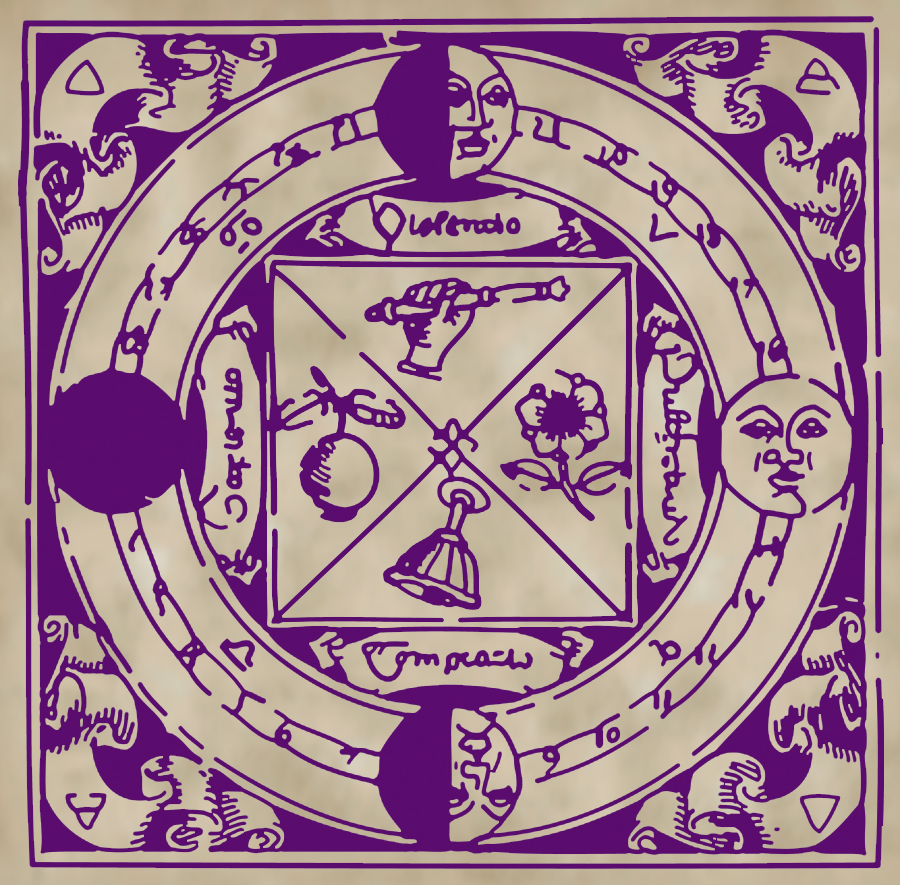.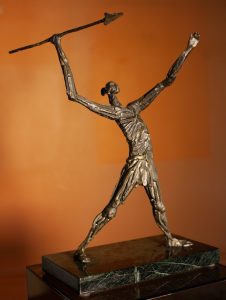
William Butler Yeats (1865-1939)
Poet, Dramatist, Man of the Theatre
W.B. Yeats, generally acknowledged to be the greatest poet of the modern era, lived an extraordinarily rich and productive life as the founder and guiding spirit of the Irish Literary Revival and the Abbey Theatre, the National Theatre of Ireland. His writing helped to inspire Ireland’s struggle for independence and his ideas on intellectual freedom within a democratic society and the role of culture in shaping a distinctive national identity had an influence that continues to the present day. Yeats served as a member of the Irish Senate formed in 1922 when Ireland won her freedom after 700 years of foreign rule. Yeats was also a folklorist, mythologist and life-long student of Eastern and Western religion as well as the occult mysteries. All of these interests and activities found an outlet in Yeats’s achievement as a poet, dramatist and man of the theater.
Rooted in the existential realities of Ireland and the modern age, Yeats’s visionary art represents a public forum of wisdom literature. For Yeats, the arts were a means of recovering and celebrating the mystical idea of the anima mundi – that is, an awareness that soul-making and the business of everyday life are profoundly implicated in one another. The poetry and plays of Yeats were also intended to enable the Irish people to discover their own sense of selfhood in relationship to community. In 1923 Yeats became the first Irishman to win the Nobel Prize in Literature for what the Nobel Committee described as “inspired poetry, which in a highly artistic form gives expression to the spirit of a whole nation.”
In Yeats’s work was the beginning of a discovery of confidence in our own ground, our own place, in our own speech English or Irish. Seamus Heaney
W.B. Yeats is one of those few whose history is the history of their own time, who are part of the consciousness of an age which cannot be understood without them. T.S. Eliot
The early poetry of Yeats is remarkable for a lyrical intensity that approaches incantation in the power of its emotional and spiritual resonance. That tradition had its roots in the methods employed by the bards of ancient Ireland to recite their poetry to the accompaniment of a harp, the national symbol of Ireland. Throughout his career, the long pulsating breath-lines of Yeats, with their syncopated moment to moment rhythmic changes and a delicate modulation of internal rhymes and half-rhymes – all borrowed from Gaelic verse forms – were characteristic of Yeats’s unique poetic voice. Therein lies the key to his incomparable ability to carry his listeners and readers to the outer reaches of the imagination, a realm of pure transcendence where anything is possible.
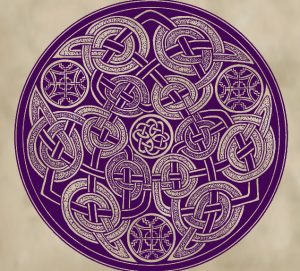
Man of the Theater
A wise theater might make a training in strong and beautiful life the fashion.
“Discoveries” (1906)
Theater artists and critics have increasingly come to realize that Yeats’s accomplishment as a dramatist equals his enormous achievement as a poet. Fintan O’Toole, the highly respected drama critic of The Irish Times, argues that Yeats is the only modern playwright equivalent to Shakespeare in the universality and timelessness of his archetypal imagery. Other critics such as Denis Donoghue believe that Yeats’s “poésie du theatre” provides an example to animate Irish and world theater on into the future.
Yeats once described the theater he envisaged as “a memory and a prophecy.” Following this, the W.B. Yeats Foundation has made a special commitment to realizing Yeats’s vision of a “total theatre” combining poetry, music, dance and the visual arts in a highly expressive and holistic engagement with the mind, emotions, senses and imagination of the audience.
Yeats wrote in perhaps the widest range of forms of any dramatist in history, yet each of his brilliantly conceived one-act plays is a perfect realization of its meaning. Because of this, theater artists who can meet the challenges of Yeats are capable of successfully performing virtually any major dramatist from the ancient Greeks and Shakespeare to such masters of the modern stage as Brecht, Beckett and Stephen Sondheim. The work of Yeats, in its mythopoeic, ritualistic and spiritual dimension, is also directly connected with the traditional performing arts of Japan, India, South America and Africa as well as some of the leading avant garde thinkers and theater artists of our own time. Potentially, the visionary art of Yeats is capable of reinvigorating contemporary theater while inspiring a radically transformative “total theatre” of the future.
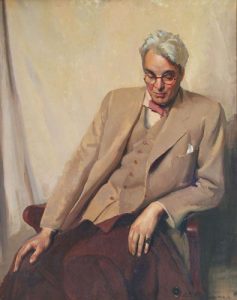
I desire a mysterious art, always reminding and half-reminding those who love it of dearly loved things, doing its work by suggestion, not by direct statement, a complexity of rhythm, colour, gesture, not space-pervading like the intellect but a memory and a prophecy.
“A People’s Theatre” (1918)
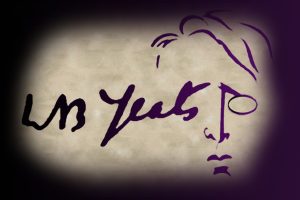
The W.B. Yeats Foundation
The Yeats Foundation was established by Yeats scholar, producer and theater director James Flannery in 1989, the fiftieth anniversary of the poet’s death, in order to honor his enormous achievement as a man and artist and thereby gain a greater understanding and appreciation of the richness and diversity of Irish culture. The Foundation was launched in June 1989 with a reading from Yeats’s work titled “The Poet and Politics,” which was held at New York’s Lincoln Center for the Performing Arts. Readers included Senators Daniel Patrick Moynihan and Eugene McCarthy, Governor Hugh Carey and award-winning actresses Tammy Grimes and Viveca Lindfors. The guests of honor were Irish Senator Michael Yeats, the son of the poet and the Honorary Patron of the Foundation, as well as his wife, the noted singer Gráinne Yeats.

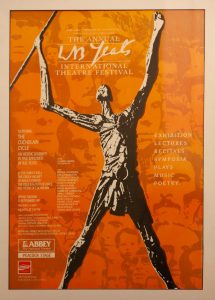
Yeats International Theatre Festival
From 1989-1993, thanks to the support of Donald R. Keough, the President of the Coca-Cola Company, the Yeats Foundation sponsored a Yeats International Theatre Festival at the world-famous Abbey Theatre, the National Theatre of Ireland. Under the direction of James Flannery, the Festival featured productions of fifteen of the poet’s one act plays grouped under the following titles:
-The Cuchulain Cycle: An Heroic Journey in Five Episodes
-Masks of Transformation: Art and Revolution in the Modern World
-Sacred Mysteries: A Celtic Way of Love and Sexuality
-Yeats and Ireland’s National Identity
-Art and Spirituality as a Way to Peace
The Music Director of the Yeats Festival was Bill Whelan, The Grammy Award-winning composer of Riverdance, who has often credited his work on Yeats’s plays with inspiring that phenomenally successful piece of total theater. Besides members of the Abbey Company and other distinguished Irish artists, performers in the Yeats productions included stage and film stars Ciarán Hinds in the role of the Celtic hero Cuchulain, Olwen Fouéré as Cathleen ni Houlihan and Fionnula Flanagan in the title role of The Countess Cathleen. Guest directors included master puppeteer Roman Paska and Stan Wojewodski, Director of the Yale Repertory Theatre and Dean of the Yale School of Drama. The Yeats Festival also included lectures by such major public figures, artists and scholars as President Mary Robinson of Ireland, eminent choral conductor Robert Shaw, feminist leader Betty Friedan, Northern Irish political activist Bernadette Devlin McAlliskey, novelist Ben Kiely, poets Eavan Boland, Robert Bly, Theo Dorgan, Brendan Kennelly, John Montague and Nualla ni Dhomhnaill, historians Margaret Curtin and Conor Cruise O’Brien, philosopher Mark Hederman, theologian Terence McCaughey, critics Eric Bentley, Terence Brown, Denis Donoghue, Declan Kiberd and William McCormack as well as painters Robert Ballagh and Anne Yeats, the daughter of the poet.
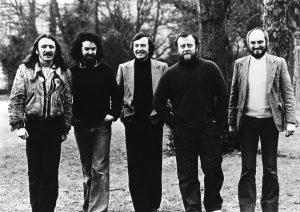
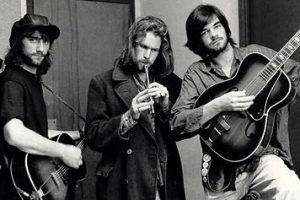
Concerts presented by the Yeats Festival featured such renowned performers as singer-songwriter Paul Brady, Elvis Costello, Christy Moore and Hothouse Flowers. Also a program at Kilmainham Gaol titled “The Walls Speak” featuring the Israeli cellist Maya Beiser, choral group Anuna, singer Andy Irvine and actress Olwen Fouéré reciting poems and other works inspired by the leaders of the 1916 Easter Rising who were executed in the stone yard of the prison.
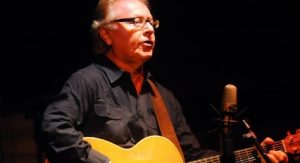
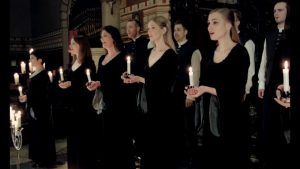
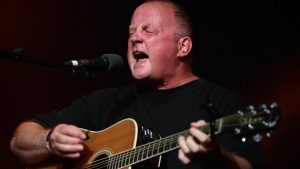
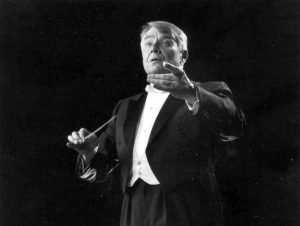
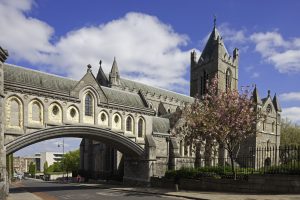
The Festival placed a special emphasis on promoting peace and reconciliation through the arts with exhibitions on the impact of violence in Northern Ireland, “Dúchas”, or the spiritual meaning of identity in Ireland, and contemporary children’s art in Ireland North and South. As a contribution to the peace process in Northern Ireland, the Festival also organized a choral workshop for singers from throughout Ireland North and South under the direction of Robert Shaw as well as an ecumenical service at Christ Church Cathedral.
Symposiums organized as part of the Yeats Festival included: “The Role of the Muse in Ireland: Art as A Catalyst for Peace in Northern Ireland” and “Are Ireland’s Heroes Her National Enemies: A Response to Yeats’s ‘Cuchulain Cycle,’” which was broadcast live on Telefis Eireann, Ireland’s National Television Network.
Ciaran Hinds as Cuchulain
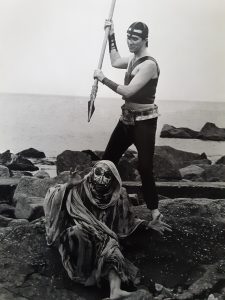
The Yeats International Theatre Festival was launched in 1989 with a production of Yeats’s magnus opus, the five-play “Cuchulain Cycle.” This was the first production of the full Cycle at the Abbey Theatre. Written by Yeats over a period of thirty-five years and inspired by a range of different dramatic forms from the Greeks, Shakespeare and the Japanese Noh to commedia dell’arte and German expressionism, the Cycle is a microcosm of the extraordinary achievement of Yeats the dramatist as well as a meditation on the development of Ireland during the turbulent decades of its emergence as an Independent nation.
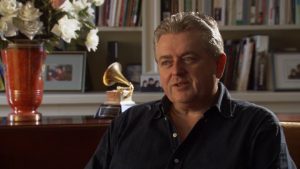
Click below in order to listen to excerpts from the brilliant score by Bill Whelan for At the Hawk’s Well, the first play of the Cycle.
Eye of the Mind
Hawk Dance
Human Faces
Emer’s Song
Under the title, “Masks of Transformation,” the 1990 Yeats Festival featured the brilliant Irish actress Olwen Fouéré in the title role of Yeats’s revolutionary play, Cathleen ni Houlihan. The production also included two other plays dealing with the cult of violence that continued to wreak a terrible toll on Irish life throughout the century, especially in Northern Ireland.
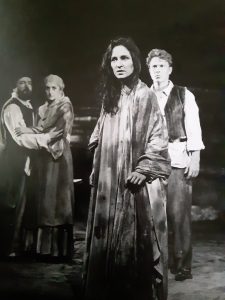
“Sacred Mysteries,” the title of the 1991 Yeats Festival, explored the theme of heroism from a feminine perspective in three powerful plays: Deirdre, A Full Moon in March and The Shadowy Waters. In each of the plays it is the heroine who makes a decisive choice that challenges the patriarchal order of masculine privilege and brings about a new order of self-realization and fulfillment for both sexes.
The accompanying documentary includes interviews with iconic feminist leader Betty Friedan,
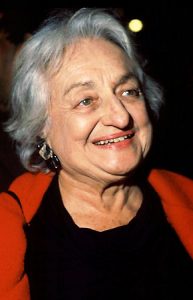 poet and cultural activist Robert Bly
poet and cultural activist Robert Bly
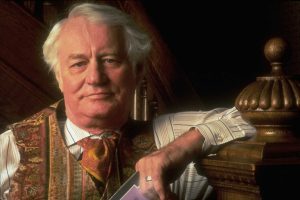
and noted Irish literary and theatrical figures Niualla Ni Dhomnaill, Noel Pearson, Garry Hynes and Joan O’Hara. The film also features the mesmerizing dance by Sarah Jane Scaife to music by Bill Whelan that brought the production of Full Moon in March to a climax.
The Yeats Festival is of immeasurable importance to the Abbey Theatre and the cultural life of Ireland. The Festival has enabled a whole generation of Irish artists and audiences to become aware of Yeats’s enormous contribution to our heritage. It has enabled the Abbey to realize one of Yeats’s original goals, namely to become a theatre not just of entertainment but of intellectual excitement. Finally it has given long overdue recognition to Yeats’s accomplishment as a dramatist equivalent to his reputation as the greatest poet of the twentieth century.
Noel Pearson, Chairman, Board of Directors, Abbey Theatre
Atlanta Presentations
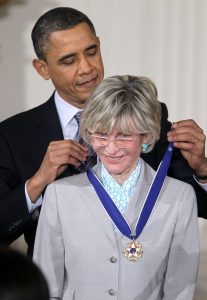
Audiences in Atlanta have also enjoyed a wide range of public events presented by the Yeats Foundation over the past thirty years, many of them at Emory University. These have included lectures by such noted figures as American Ambassador to Ireland Jean Kennedy Smith, Prime Minister of Ireland Albert Reynolds, Sein Fein leader Gerry Adams, Oscar and Tony Award-winning producer Noel Pearson, literary critics Seamus Deane, Luke Gibbons, Declan Kiberd and Robert Welch as well as historians Tim Pat Coogan and Kerby Miller.
Musical events presented by the Yeats Foundation include concerts by the National Concert Orchestra of Ireland, “Atlantic Bridges: A Celebration of Northern Irish and Appalachian Artists,” singer Tommy Sands (known as the Bob Dylan of Northern Ireland), musician-scholar Mick Moloney, the Ulster-Scots Folk Orchestra, harper Janet Harbison (director of the Belfast Harp Festival), “A Tribute to John McCormack” with tenor James Flannery and “Let Ye All Be Irish Tonight: A St. Patrick’s Day Concert of Irish-American Music, Song and Dance.”
Exhibitions sponsored in Atlanta by the Yeats Foundation include “Homeland: Turn of the Century Ulster in Photographs,” “An Gorta Mór: The Great Irish Famine” and, in cooperation with the Margaret Mitchell House, “Fire on the Hearth: Portraits of Irish American Women.”
In addition to the above, the Yeats Foundation has produced a number of symposiums featuring internationally noted scholars, artists and public figures:
-“Ulster Roots/Southern Branches: The Scots-Irish Heritage of Northern Ireland and the American South”
-“The Quiet Man and After: Reinventing Ireland Through Film”
-“The Great Tapestry: The Source and Meaning of Celtic Spirituality”
-“An Gorta Mór: The Great Irish Famine”
-“Making Connections: The Celtic Roots of Southern Music”
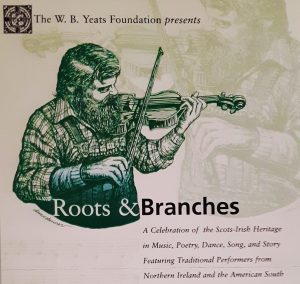
Noted Irish films given their American premieres by the Yeats Foundation include the Oscar-winning My Left Foot as well as Some Mother’s Son and Dancing with Lughnasa.
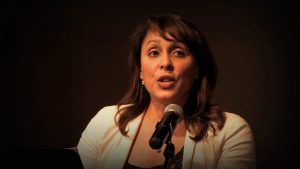
In collaboration with the Irish Consulate of Atlanta, the Yeats Foundation also produced “Still Here/Here Still,” a program in June 2015 commemorating the 150th anniversary of the birth of Yeats at the Carlos Museum, Emory University. Participants included Pulitzer Prize-winning poet and U.S. Poet Laureate Natasha Trethewey and Georgia Poet Laureate David Bottoms as well as Yeats scholars Geraldine Higgins and Ronald Schuchard. The program also featured a staged reading of Yeats’s The Cat and the Moon under the direction of James Flannery with music by Joseph Sobol and actors from the Atlanta theater company Aris.
Click here to watch Natasha Tretheway’s deeply personal interpretation of Yeat’s Iconic poem, “Easter 1916” as well as Ronald Schuchard’s brilliant analysis and reading of “The Second Coming” and “A Stare’s Nest by My Window.”
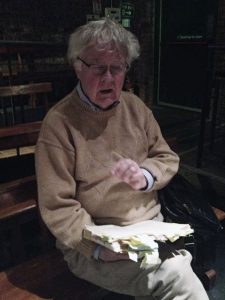
In recognition of its efforts demonstrating the contributions of Ireland to the distinctive culture of the American South, James Flannery and the Yeats Foundation received the 2002 Georgia Governor’s Award in the Humanities.
Southern Celtic Christmas Concert
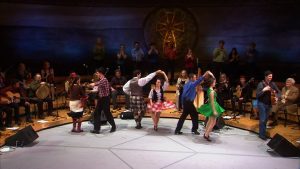
For eighteen years, a signature event of the Yeats Foundation was an annual Christmas program that became recognized as one of the highlights of the Atlanta holiday season. In 2010 A Southern Celtic Christmas Concert program was filmed for broadcast on Georgia Public Broadcasting and went on to win a 2013 Emmy Award for “Outstanding Achievement in Arts and Entertainment.” In poetry, music, song, dance and story, the program celebrates the Christmas traditions of Ireland and the other Celtic lands and their connections with similar traditions in the American South. Over the past six years the program has been distributed nationally on PBS, reaching every major market in the country.
To learn more about the award-winning Southern Celtic Christmas Concert featuring the talents of three Grammy Award-winning artists as well as a rare television appearance by the beloved Nobel Prize-winning Irish poet Seamus Heaney, click on the Celtic Christmas page at the top of our site.

